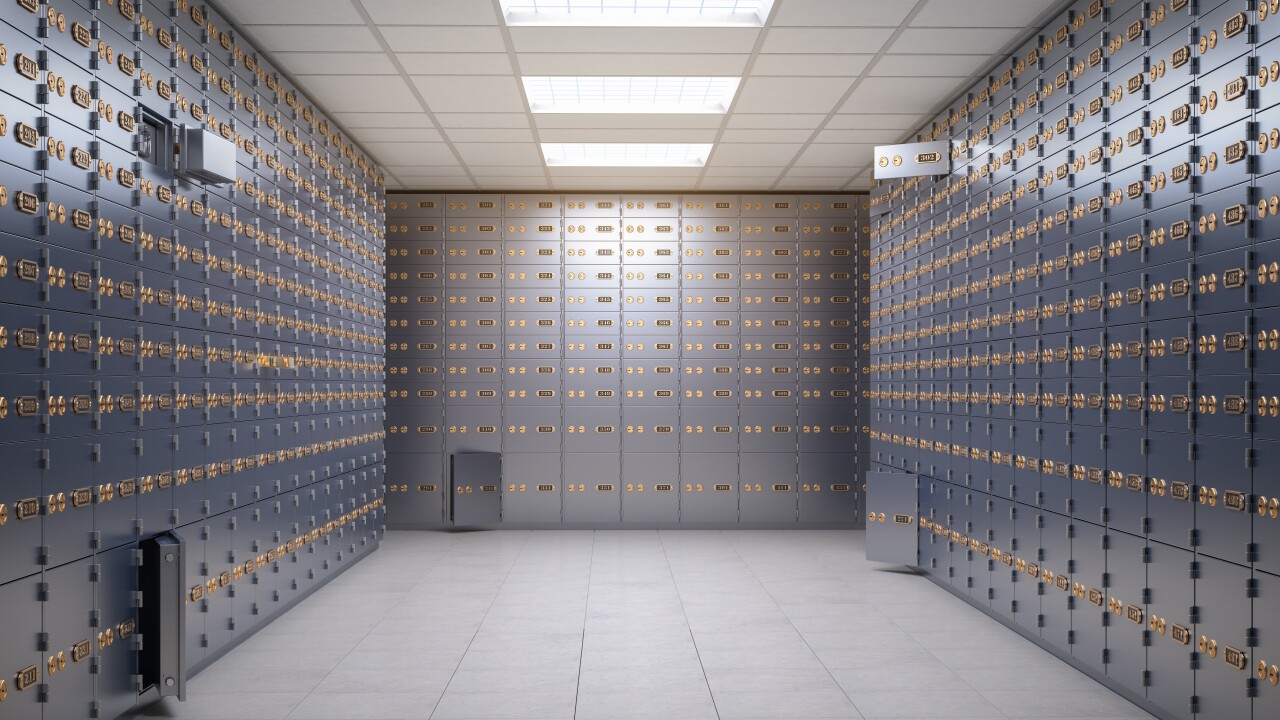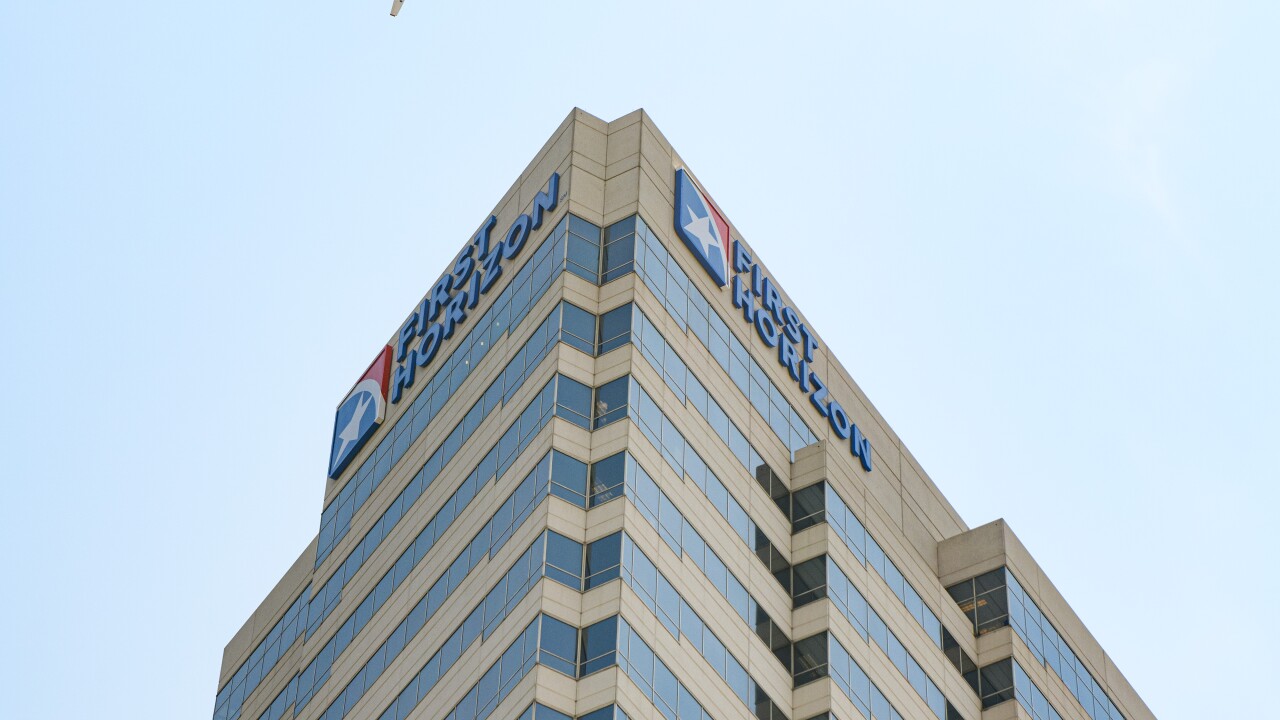Nearly a decade since the Federal Reserve last hiked the key short-term Fed Funds Rate, confusion reigns over what the central bank will do at its next policy meeting later this week, but credit unions have already taken steps to prepare for a rising-rate environment.
While Fed Chairman Janet Yellen and other officials have signaled a rate hike is in the cards for later this year, recent U.S. market turbulence, a teetering economy in China and other woes may convince the central bank to continue holding rates at the near-zero level-where they have remained since the dark days of December 2008 in the wake of the financial crisis.
Curt Long, director of research and chief economist at the National Association of Federal Credit Unions NAFCU, believes the Fed may be having second thoughts about raising rates right now with an eye towards recent market turbulence, fearing that any tightening now would only exacerbate such uncertainties.
"Overall, our economy is in reasonably good shape according to almost all metrics," he noted.
Perc Pineda, senior economist at CUNA, also said he believes the Fed will indeed hold rates unchanged at the September meeting, but will likely start raising them modestly — perhaps by 25 basis points — either at the end of 2015 or early next year.
"[But] I don't think they're too concerned by what's happening in China because the U.S. economy is still dominated by domestic matters," he said. "Market volatility is nothing new and will always be there, so that's not a major factor in their decision-making either."
Indeed, the improving and healing labor markets—featuring a 5.1% unemployment rate in August, down from 5.3% in July—Pineda asserted, presents the strongest argument in favor of an imminent rate hike.
"The Fed has two mandates with respect to interest rates — full employment mandate, which we basically have now, and modest inflation, which remains under their 2% target," he stated. "The low unemployment rate calls for a rate hike sometime soon."
Inflation? What Inflation?
Inflation, which remains modest, presents a kind of conundrum for the central bank.
"Inflation is low, but that might be somewhat misleading," Pineda noted. "That's because since the 2007-2008 global financial crisis, the underlying structure of the economy is changing, thereby rendering prior economic formulas less than valid. Thus, the Fed may be concerned about latent inflationary pressures bubbling under the surface."
Since the Great Recession, inflation has consistently run below the Fed's 2% target—persistently low inflation is a problem for a number of reasons, including the fact that it makes it harder for households to pay off their debts, Long of NAFCU explained.
"Lower interest rates would tend to encourage price growth, so the fact that we are in a historically low-rate environment and have yet to see signs of inflation returning to normal is discouraging," he said. "The main reasons that the Fed has cited recently for low inflation — lower oil prices and a stronger dollar — are seen as being temporary factors. So some Fed officials think that inflationary pressures may start to build as those factors diminish. Moreover, there tends to be a lag between the time you raise rates and when it starts to have the effect of moderating inflation. So you don't necessarily want to wait until we get to 2% [inflation] to start raising rates."
Asset Bubble Troubles
Moreover, some Fed officials and economists warn of the dangers of maintaining artificially low interest rates for an extended period of time. Long said the biggest danger in maintaining too-low interest rates over too long a period of time would be the emergence of asset bubbles.
Pineda explained that if the Fed keeps interest rates artificially low for an extended period of time (already running at nearly seven years now), it may create "distortionary" effects in the economy and lead to excessive risk-taking by investors which would lead to the aforementioned dreaded asset bubbles — which is exactly what happened prior to the financial implosion on 2007-2008.
CUs Watch From The Sidelines
Meanwhile, credit unions have been anticipating a higher interest rate environment for quite some time now — by reducing their exposure to long-term assets, said Pineda.
NCUA recently reported that credit union investments with maturities greater than 10 years plunged by 29.6% from the second quarter of 2014, to $4.8 billion, over the prior twelve-month period.
In contrast, investment in short-term assets, that is, those with maturities of one- to three- years, increased by 16.3% from a year earlier, to $108.6 billion.
"As credit unions continued their efforts to prepare for interest rate risk, the system's net long-term assets ratio fell to 32.6% in the second quarter [of 2015]," NCUA stated. "Credit unions with less than $10 million in assets had the lowest net long-term asset ratio of any peer group at 11%. In comparison, credit unions with more than $500 million in assets had a ratio of 33.6%."
Credit unions can do more to protect themselves from the rate hikes by looking at the composition of their balance sheets, Pineda added.
"They might want to lower operating expenses, by looking at ways to cut costs," he said. "They also should look at ways to accelerate loan growth and the best way to do that is by increasing membership, particularly by targeting Millennials for auto and mortgage loans."
For now, all eyes will remain fixed on the Fed governors who will have to juggle their concerns about maintaining economic growth without threatening underlying stability.





